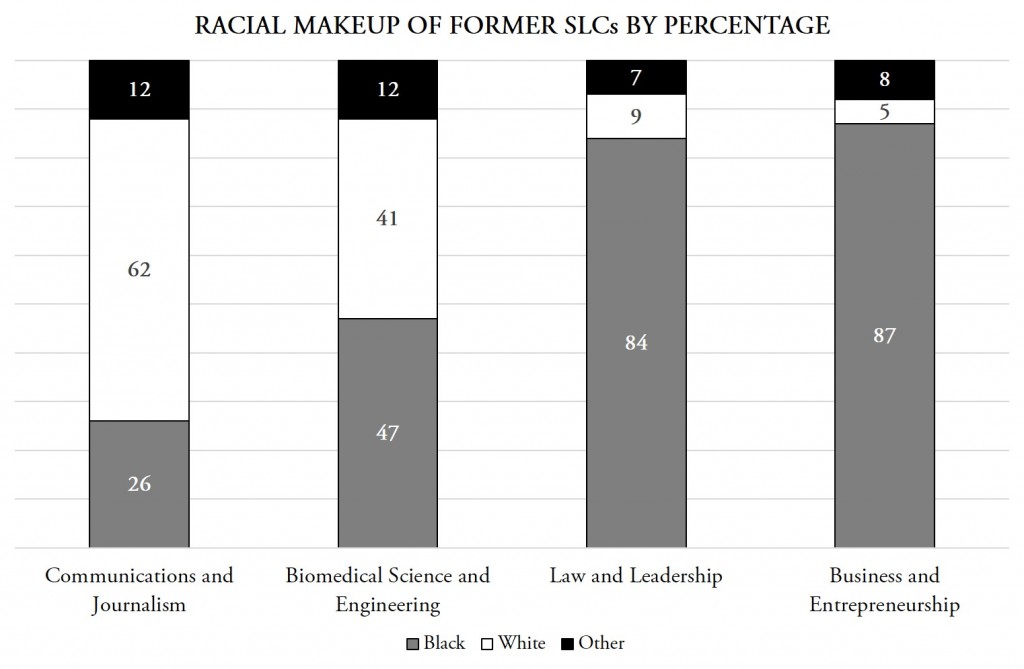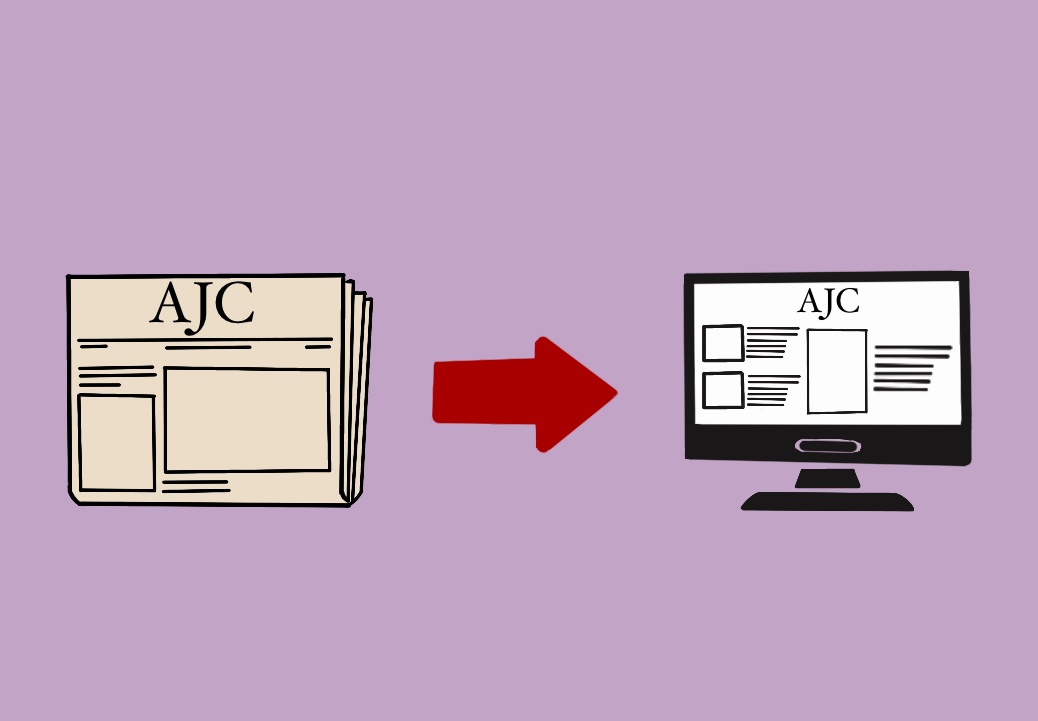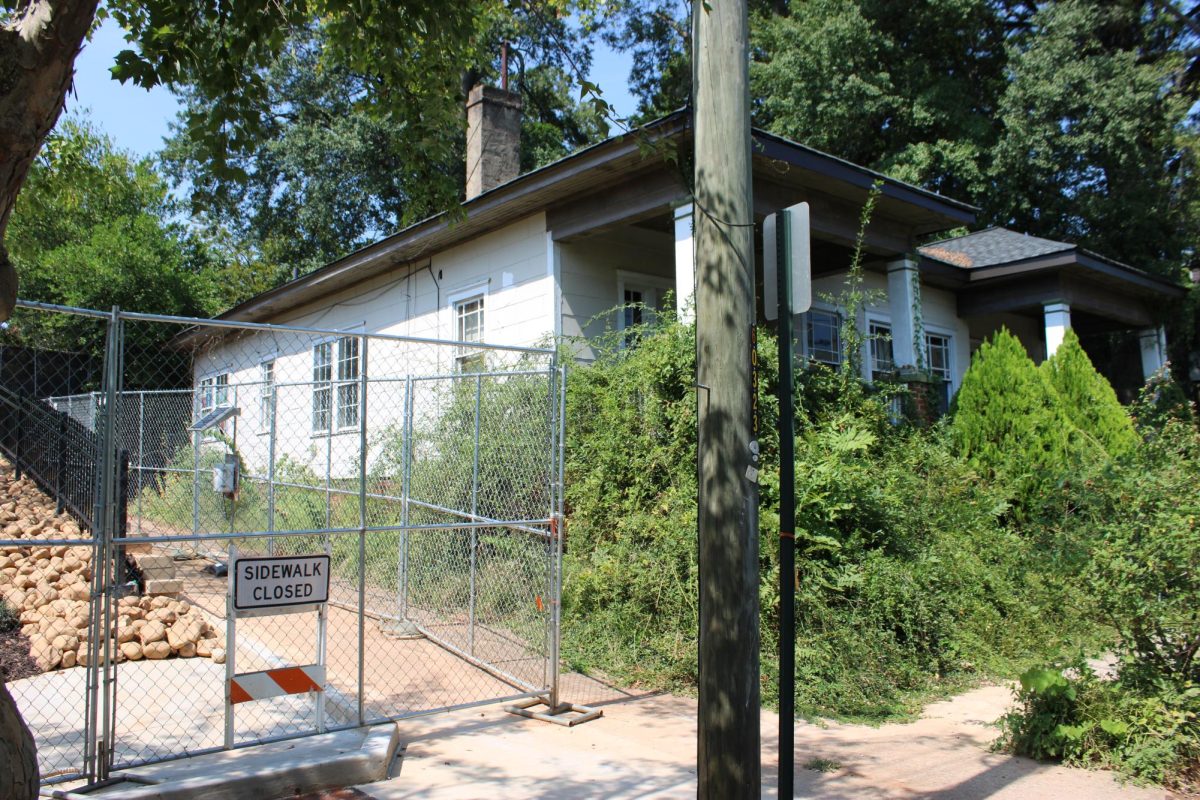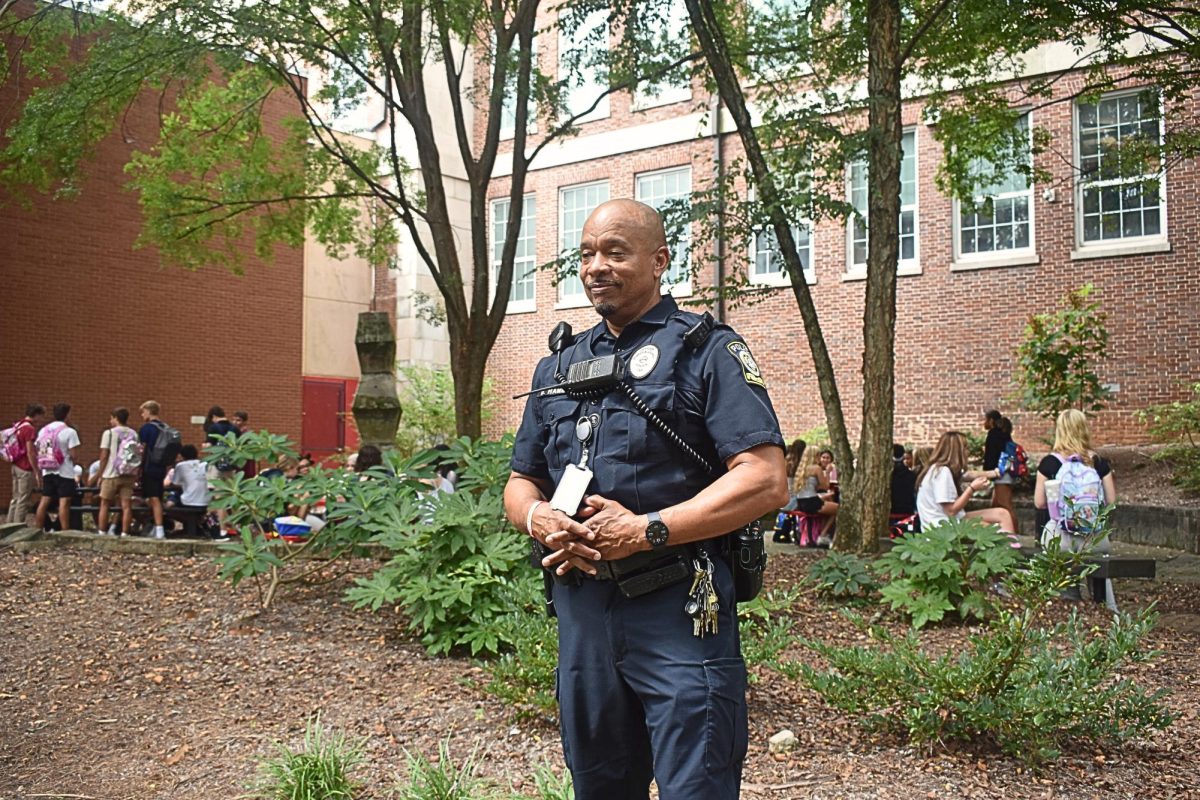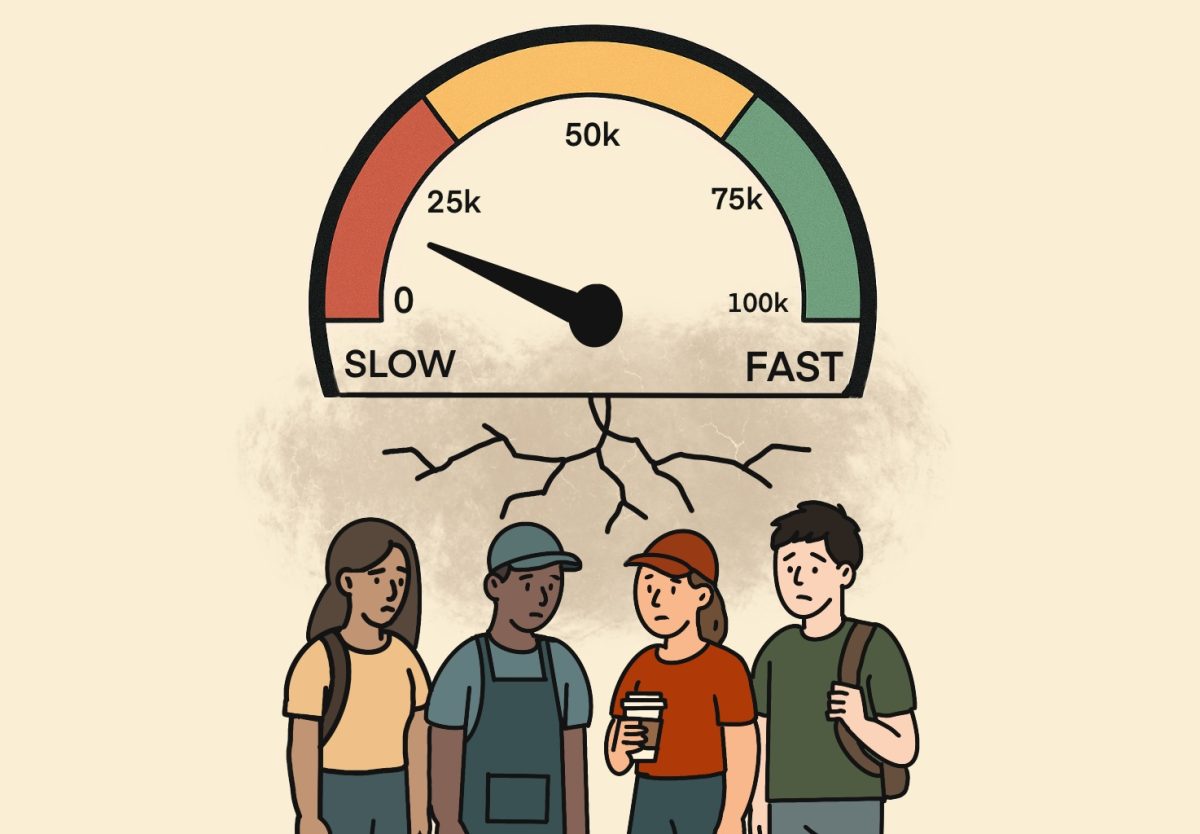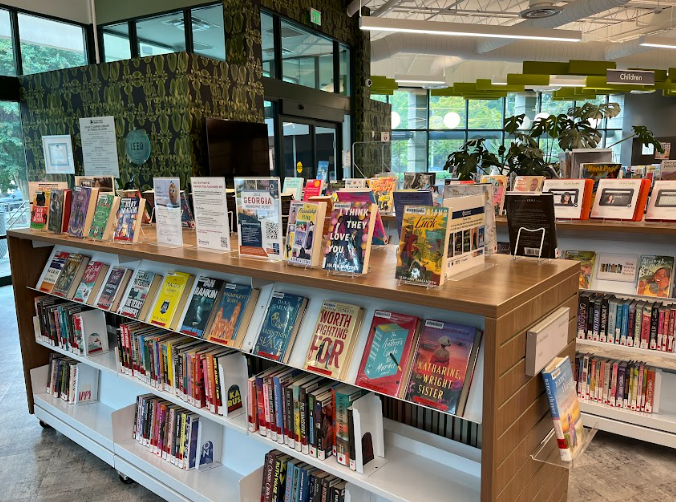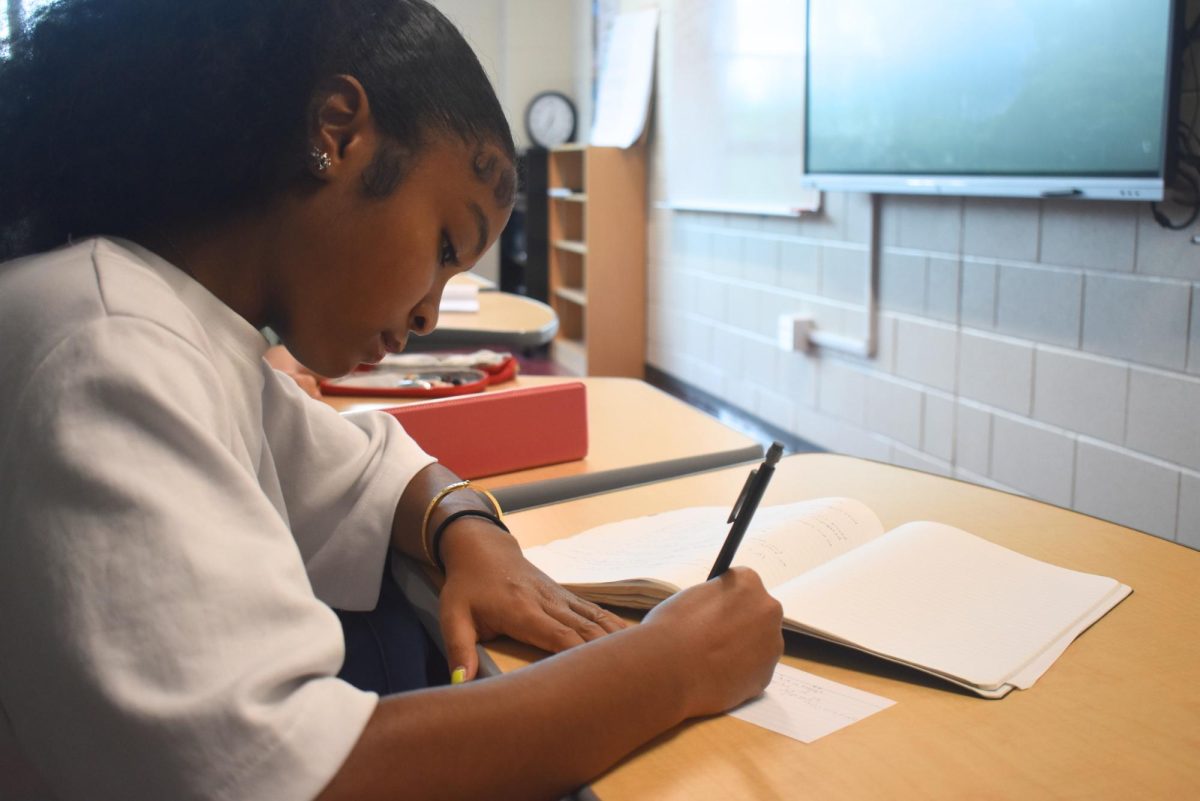The administration eliminated all Small Learning Communities at Grady over concerns that the model exacerbated disparities, separated students and prevented educational exploration.
In 2006, the Atlanta Public Schools Board of Education approved former Superintendent Beverly Hall’s High School Transformation plan to provide a more rigorous and personalized education for students. Hall’s plan slowly changed high schools into Small Learning Communities (SLCs). Under the SLC model, academy leaders who reported back to one principal led small, subject-themed academies.
Grady implemented SLCs in 2010, dividing the school into four major academies based on career clusters: Business and Entrepreneurship, Biomedical Science and Engineering, Communications and Journalism and Law and Leadership.
“SLCs were really about how we could better engage students,” social studies teacher Mary Van Atta said.
Initially, the academies divided students during core classes and included specific pathways, or tracks of elective classes based on the theme of the academy. In 2011, amid loud parent backlash, Grady removed separation during core classes but still required that students complete a career pathway offered in one of the academies. Even that was not enough.
In an attempt to address racial and socioeconomic disparities between SLCs and to allow students to explore their interests, Principal Timothy Guiney replaced SLCs with grade-level academies.
Under the new grade-level model, former academy leaders serve as assistant principals with a specific focus on an individual grade. Counselors now work with students from a particular grade instead of a particular pathway and travel with students through grade levels. Incoming freshmen now select pathways from a much more diverse list than in years past because they are no longer constrained to select one of the career pathways.
Guiney said the SLCs were largely imbalanced by race and socioeconomic status.
According to data from John Keltz, an APS data strategist, 56 percent of students in the Law and Leadership Academy qualified for free lunch. Additionally, the Communications and Journalism Academy had the highest achievements in every subject’s End of Course test.
In contrast, both Business and Entrepreneurship and Law and Leadership had significant achievement deficits in all EOCT courses. The data also revealed that Communication and Journalism students took almost eight times as many AP classes as Law and Leadership students, 10 times as many as Business and Entrepreneurship students, and 1.5 times as many as Biomedical Science and Engineering students.
Grady parent Abby Martin called SLCs “borderline illegal,” saying they created a “school within a school.” Martin currently has two sons in the Biomedical Science and Engineering SLC and another son who was a student in the Law and Leadership SLC.
Guiney said the SLCs’ first-come, first-served registration played a large part in the academic disparities between the different SLCs at Grady.
“Often times, the primary selection was Communications and Journalism and because we were not diversified, those slots would fill up,” Guiney said.
The report also revealed that more well-off, white, families registered quickly to claim a spot for their students in the C&J or BS&E Small Learning Community. Economically disadvantaged, black, students registered later and were forced into L&L or B&E.
Guiney said diversifying primary pathway options for students opened up slots for economically disadvantaged students in all pathways.
According to Van Atta, the SLC model assumed students were going to decide which SLC to participate in based on their interests. Instead, students and parents fostered the idea that C&J and BS&E were the “better” SLCs. As a result, there
would be a bottleneck to register for C&J and BS&E.
Senior Sajjad Ali, who completed the Engineering Pathway, said his peers advised him to enter C&J, but he ultimately pursued BS&E because it was more in line with his interests.
Vincent, 12th grade assistant principal and former B&E Small Learning Community leader, said he was generally pleased with the elimination of SLCs in favor of a grade-level academy model because it allows more students to pursue their interests.
“For the Grady community, we knew it didn’t work; to say you’ve got to do one of these four pathways,” Vincent said.
While completion of one of the SLC pathways was never mandatory, “it was preferred,” Vincent said.
Vincent said administrators spent a lot of time attempting to “handcuff” students to a pathway within an SLC.
“If you wanted to make your primary pathways art or Latin, the state said you could, but Grady said you couldn’t,” Guiney said.
Ali praised the elimination of SLCs, claiming the new system gives students more freedom to select courses that truly interest them.
“It’s awesome that they’ve destroyed these pathways because we actually have an opportunity to do what we want,” Ali said.
Ali said many of his engineering classes were filled with students who had little interest in engineering and had just enrolled in the class because the completion of the class seemed mandatory.
“Because they weren’t giving us the freedom, a lot of people just went through the motions and didn’t get anything out of it because they weren’t interested in it,” Ali said. “That’s a real detriment because it’s an entire block in their schedule every other day to just throw away.”
Raymond Dawson, 11th grade assistant principal and former BS&E Small Learning Community leader, said SLCs were useful specifically because they imposed structure on incoming high school students.
“It brought some focus or at least it tried to force some focus on what young people might think they want to do,” Dawson said.
With their new-found freedom, many more students this year enrolled in art classes and dropped engineering and business and entrepreneurship pathway classes.
The BS&E and L&L Small Learning Communities each previously required two teachers to manage pathway classes. This year, the requirement has shrunk to a single teacher that manages each pathway.
Guiney said he plans for an in-depth analysis this year to determine if SLCs actually reduced academic disparities. Even without the analysis, Guiney said he is confident the elimination of SLCs is in the best interest of Grady students.
Vincent said he thinks the community approves of the new system because he has received notably fewer complaints than when SLCs were in place.
“The positive recognition is the absence of negative recognition,” Vincent said.

